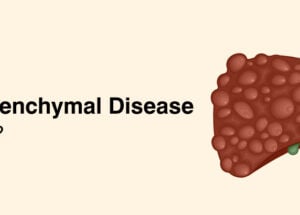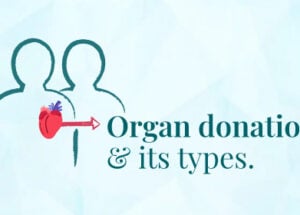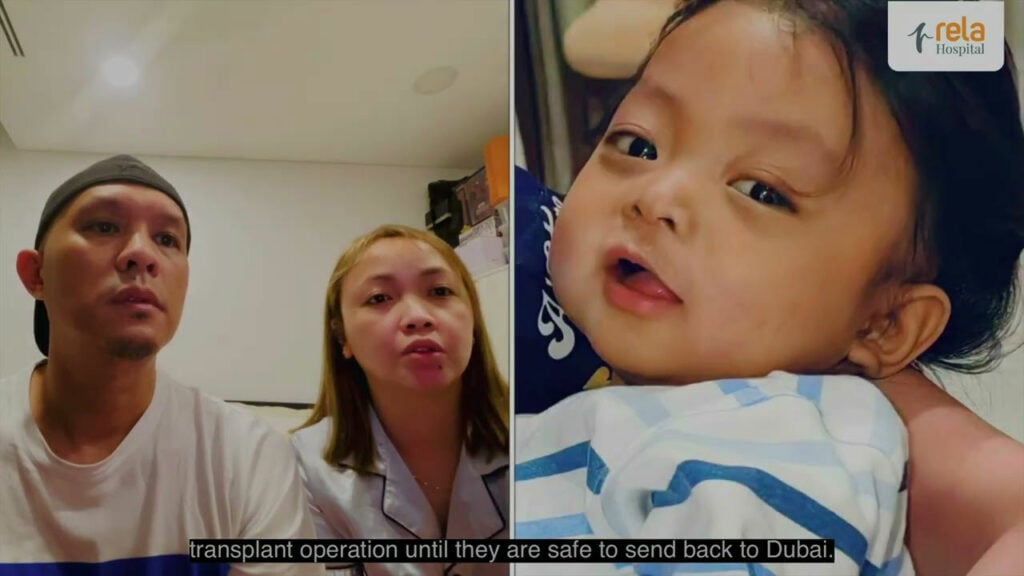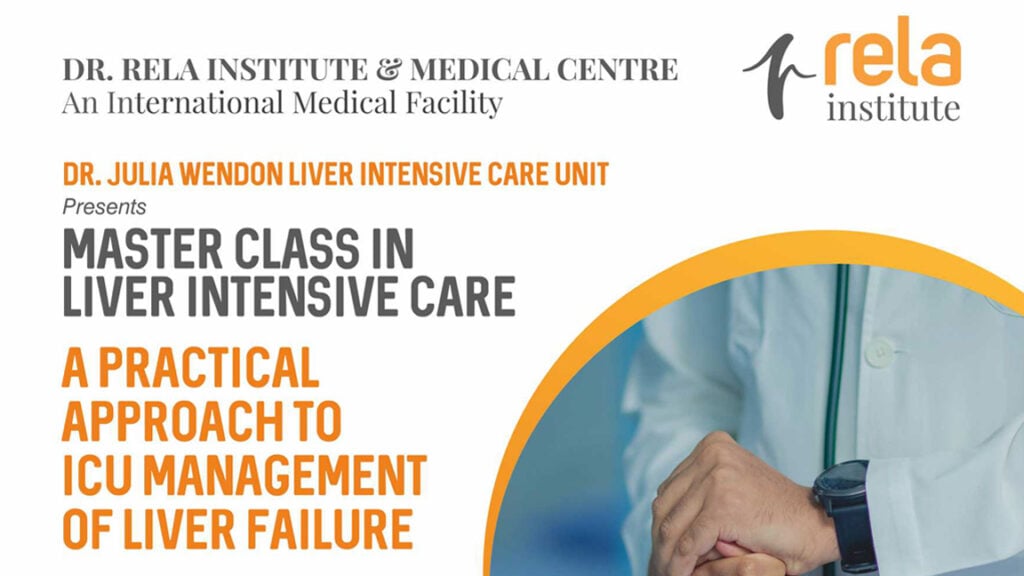Hemangioma: Symptoms, Diagnosis, and Treatment
What is Hemangioma?
Hemangiomas are non-cancerous growth of blood vessels, typically appearing as red or purplish marks on the skin. They are the most common type of vascular birthmark, affecting approximately 5-10% of infants. Hemangiomas can occur anywhere on the body but are most commonly found on the face, scalp, chest, or back. These growths are more common in girls and premature babies.
Symptoms of Hemangioma
Hemangiomas often appear as a bright or dark red mark on the skin. They can vary in size and shape, ranging from small dots to large, raised areas. Sometimes, hemangiomas may be deep within the skin layers, making them less visible.
Additional symptoms may include:
- Rapid growth during the first few months of life.
- Raised, rubbery texture.
- Bluish tinge when located deeper within the skin.
- Ulceration or bleeding if the surface of the hemangioma breaks open.
Potential complications if the growth affects vital organs or structures.
Types of Hemangiomas
There are two primary types of hemangiomas:
Capillary Hemangiomas:
- Infantile Hemangioma (Strawberry Hemangioma): This type of hemangioma is the most common in infants, affecting up to 12% of babies within their first year. It appears as a red bulge on the skin and proliferates typically one-quarter to 2 inches. Over time, infantile hemangiomas naturally shrink and fade.
- Cherry Hemangiomas: Cherry hemangiomas are small, raised red growths that resemble dots. They are commonly found on the torso and are more prevalent in adults, especially as they age. These hemangiomas often appear in clusters, ranging from a few to several dozen.
Cavernous Hemangiomas:
- Cavernous hemangiomas develop in the deeper layers of the skin, often occurring around the eye area.
- They typically appear as clusters of wide blood vessels that initially have a dark red to blue colouration.
- Cavernous hemangiomas near the eye can impact eye development and lead to vision problems such as amblyopia (lazy eye), glaucoma, and cataracts.
Diagnosis of Hemangioma
A healthcare professional can typically diagnose a hemangioma by performing a physical examination. In some cases, further diagnostic tests may be recommended to assess the extent and location of the growth. These may include:
- Ultrasound: Used to evaluate the size and depth of the hemangioma.
- Magnetic Resonance Imaging (MRI): Provides detailed images of the blood vessels and surrounding tissues.
- Biopsy: In rare cases, a small sample of tissue may be taken for examination under a microscope.
Who to consult?
If you or your child has a hemangioma, it is recommended to consult with a healthcare professional experienced in diagnosing and treating these conditions. Here are some specialists you may consider consulting:
- Paediatrician: Your child’s paediatrician is often the first healthcare professional to assess and diagnose a hemangioma. They can guide monitoring the growth and determine if further evaluation or treatment is necessary.
- Dermatologist: Dermatologists specialise in diagnosing and treating skin conditions, including hemangiomas. They can evaluate the hemangioma, provide information about its characteristics, and recommend appropriate treatment options.
- Pediatric Dermatologist: Pediatric dermatologists specialise in treating skin conditions in children. They have expertise in managing pediatric hemangiomas and can provide comprehensive care and treatment options tailored to your child’s needs.
Summary
Hemangiomas are common vascular birthmarks that often appear as red or purplish marks on the skin. While they are typically harmless and resolve on their own, some cases may require medical intervention due to complications or cosmetic concerns. The leading cause of hemangiomas is still not fully understood, and their severity varies depending on the size, location, and potential complications. Treatment options include medications, laser therapy, surgical intervention, and other specialised interventions. If you or your child has a hemangioma, it is essential to consult with a healthcare professional for proper evaluation and guidance on the best course of action.
People also ask
1. What is the Main Cause of Hemangioma?
The exact cause of hemangiomas is not fully understood. However, research suggests that these growths result from an abnormal proliferation of blood vessels during fetal development. Some factors that may contribute to the development of hemangiomas include genetic predisposition, hormonal influences, and certain placental abnormalities. It is important to note that hemangiomas are not caused by any actions or behaviours of the mother during pregnancy.
2. Are Hemangiomas Serious?
In most cases, hemangiomas are harmless and do not cause any complications. They typically resolve independently without treatment, although this process may take several years. However, certain circumstances may make hemangiomas more serious:
- Large Size: Hemangiomas that are particularly large or located near vital organs may cause functional or cosmetic issues.
- Ulceration or Bleeding: If the surface of the hemangioma breaks open, it can lead to pain, infection, or scarring.
- Vision or Breathing Impairment: Hemangiomas near the eyes, nose, mouth, or throat can potentially interfere with vision or breathing, requiring medical attention.
3. Do Hemangiomas Ever Go Away?
The majority of hemangiomas go through a natural process of involution, which means they gradually shrink and fade over time. This regression typically begins between 6 and 12 months of age and continues for several years. By age 5, around 50% of hemangiomas have resolved by age 10, and approximately 90% have gone away. However, the complete disappearance of a hemangioma may take longer, and some may leave behind a small mark or scar.
4. What is the Best Treatment for Hemangioma?
The treatment of hemangiomas depends on various factors, including the size, location, and potential complications associated with the growth. Observation and monitoring are usually sufficient, as many hemangiomas resolve independently. However, specific treatment options may be considered when intervention is necessary. These include:
- Laser Therapy: Laser treatment, such as pulsed dye laser therapy, can effectively reduce the redness and size of superficial hemangiomas.
- Surgical Intervention: Surgery may be recommended for large or complicated hemangiomas that pose a risk to vital structures or cause significant functional impairment.
- Other Interventions: In some instances, cryotherapy (freezing the hemangioma with liquid nitrogen), embolisation (blocking the blood vessels feeding the hemangioma), or radiotherapy may be considered.
It is important to consult a healthcare professional experienced in treating hemangiomas to determine the most appropriate course of action based on the specific circumstances.



















